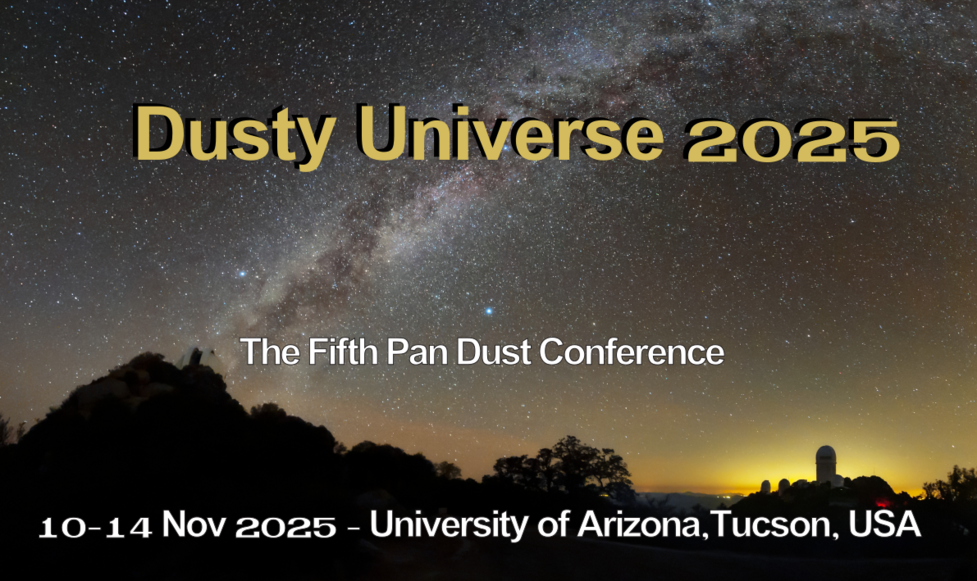To correctly interpret observations to enable the derivation of dust extinction levels and dust masses, it is fundamental to have a comprehensive dust model describing the properties of the variety of interstellar dust grains present in the Milky Way (and other galaxies). To first order, these dust grain models are tailored to reproduce observations of dust in the diffuse interstellar medium (ISM) at high galactic latitudes in the Milky Way. I will give an overview of the various dust grain models out on the market, and will discuss how they are able to reproduce observational constraints such as Galactic dust extinction curves, dust depletion trends, dust polarisation fractions and multi-wavelength infrared dust emission. Specifically, I will highlight the differences between the newest Milky Way dust grain models, and what step changes would be required in the field to converge to a single dust grain model. Finally, I will highlight the fact that dust grains are constantly evolving, as dust grains cycle from one ISM phase to another, where the physical conditions are different. Rather than a single Milky Way dust model, we need to consider a suite of dust models with dust grain properties evolving with local ISM conditions (e.g., density, radiation field, metallicity).

|
|
|
|
The zoo of dust grain models
1 : Department of physics and astronomy, Ghent University
|
 PDF version
PDF version
